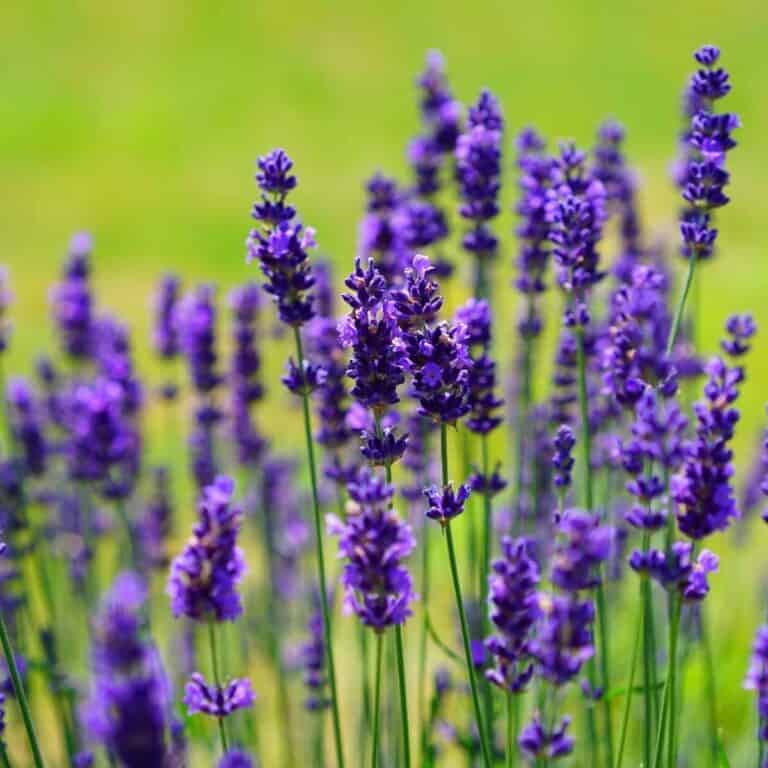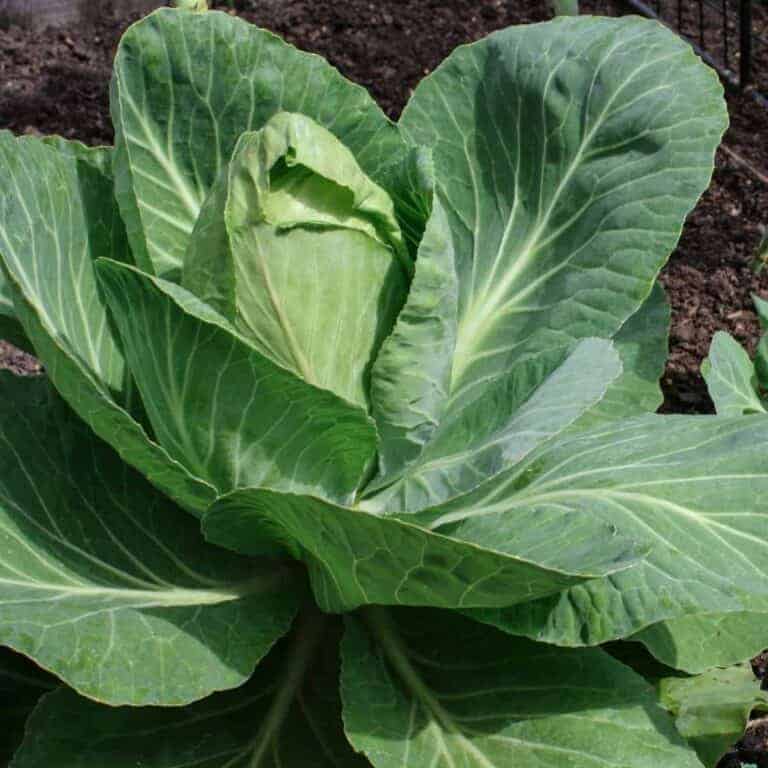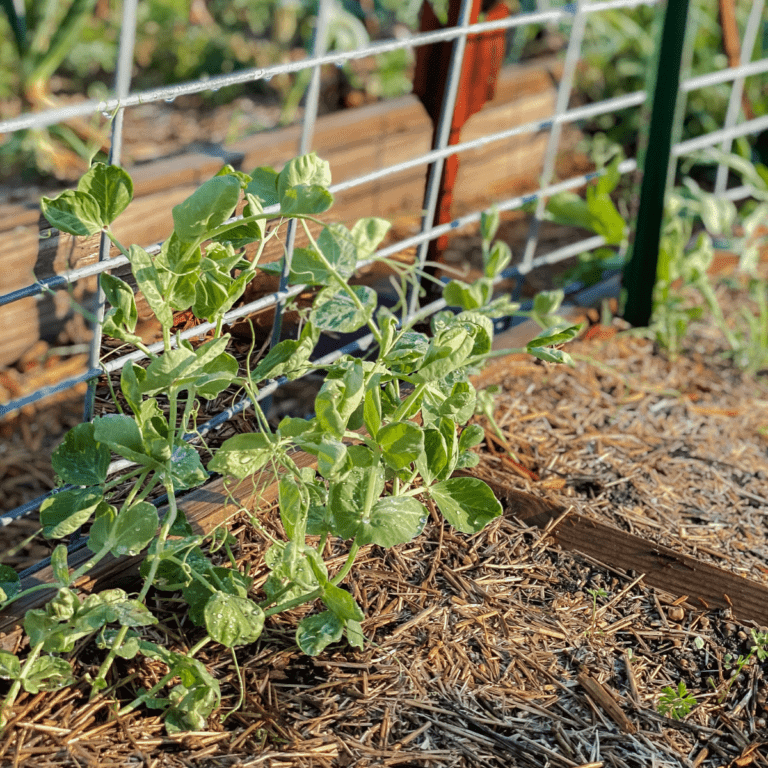VEGEGA Raised Bed Review (using metal beds in the garden)
Using metal beds in the garden has been a proven method to save time, energy, and have a productive garden harvest. Today I’m sharing my honest VEGEGA Raised Bed Review.
Are these raised beds worth the money? Do metal garden beds last long term? What are the benefits of using a cover system?
I’m sharing the answers to these questions and much more in this very detailed review of our experience with VEGEGA raised beds.

This post is sponsored by VEGEGA. Raised beds, Trellises, and Cover System were provided courtesy of Vegega for review. As always, all opinions are my own.
Raised Bed Snapshot
EASE: Easier to build than you might think.
PROS: Simplifies & beautifies gardens!
CONS: Absolutely none – so easy to install!
WOULD I BUILD THIS AGAIN? Absolutely.
VEGEGA Review – Are they worth the money?
My personal experience with using raised beds is that they have made my life easier. Using these metal raised beds has also reinvigorated my gardening passion.
They add beautiful structures to the vegetable garden, and help me with maintaining a large garden space while battling autoimmune diseases. So my experience is one that has led me to being fully on board with using these raised beds in the garden.
As my love for gardening has grown over the years, so has my love for finding solutions that simplify my life. I’m a very busy homeschooling mother of 4. Throw in farm life and owning a small business to the mix, and you can see that time is pretty limited around here.
I bet you can relate!
So, one of the things that I love most about using a taller metal garden bed is that they make garden life so much more pleasant.
- weeds are easier to manage
- it saves on back aches compared to non raised bed garden
- they add to the garden beauty & aesthetic
- harvesting is so much more easier!
- long term – lasts up to 20+ years!
Short answer, yes they are worth the money especially for the long term! Honestly, they are a fantastic garden bed & one you should consider testing in your own home garden.
🎉 Bonus, I have a special discount code for you! Visit VEGEGA and use coupon code: BHH10 for 10% OFF your order!
VEGEGA Metal Raised Garden Bed Varieties
Good news, VEGEGA offers a variety of raised bed designs, shapes & variety of colors to fit your personal style. For our garden beds, I chose the slate grey color in a variety of sizes (more on our beds later).
They also have very pretty Reseda Green, Moss Green, Slate Grey, and Oyster White shades available.
Currently they have raised beds of various sizes & are available in 17” and 32” in height. Which is so helpful for gardening as we get older.
And I’m here in the garden for the long haul, God willing! So, as I age, I love that these beds are tall enough to help reduce bending over too much in the future.
In addition to the standard rectangle metal raised garden beds, they have tons of special shapes available too!
VEGEGA offers many fun shapes like hexagon, pentagon, L shaped, U-shaped beds, heart shaped, and a lovely moon shape. Excellent for catering to your personal style and preference.
For this review, I selected to test out a variety of sizes of 9-in-1 and 10-in-1 raised beds. I placed round metal raised garden beds in between two of the beds 6.5’ beds to complete the design and flow of our current garden setup.

VEGEGA Cover System
Not only does VEGEGA offer a variety of raised beds for your garden design. They also offer trellises and cover systems!
If you’re like me and tired of cabbage moths & worms or other insects destroying your precious crops, you’ll definitely want to get a cover system for your raised beds.
We are organic gardeners and don’t use any pesticides or insecticides on our garden crops. So, I was very excited to add this to my raised bed. The net cover is lightweight and fastens to the arch frame that is built inside of the raised bed, giving it extra stability.
In addition, this system serves as a growing season extender! The PE Cover also attaches to the arch frame and keeps the bed warm by acting like a mini greenhouse. So you can get a jumpstart on spring planting time and extend later in the season in the fall.



When succession planting, simply remove the cover system and use the arch frame as a trellis!
We are starting spring crops in our cover system to get a head start on spring and will continue to use it throughout the season for a variety of succession growing.
Benefits of Growing in Raised Beds
Growing raised beds offer several advantages for gardening. Here are five benefits:
- Durability: VEGEGA metal raised beds, made ofVEGEGA metal raised garden beds are made from Zn-Al-Mg stainless steel (Zinc-Aluminum-Magnesium). Making them highly durable and resistant to rot, decay, and pests. This durability ensures a longer lifespan compared to some other materials like wood, providing a stable and long-lasting structure for your plants.
- Temperature Regulation: Growing in raised beds promotes better soil warmth. This can extend the growing season, allowing you to start planting earlier in the spring. The metal also helps to regulate soil temperature, preventing extreme fluctuations that can stress plants.
- Aesthetics and Design: Metal raised beds often have a sleek and modern appearance, adding a stylish touch to your garden or outdoor space. They come in various sizes and shapes, providing flexibility in design. This allows you to create visually appealing arrangements and optimize space according to your gardening preferences.
- Easy Maintenance: Metal raised beds are relatively low-maintenance. They do not require the same level of attention as wooden beds, which may need regular sealing or painting to prevent rot. Metal beds are also less susceptible to pests, reducing the need for ongoing maintenance related to insect issues.
- Soil Containment: Metal raised beds provide a clear and defined boundary for your garden soil. This containment helps prevent soil erosion and keeps the garden organized. It also reduces the risk of soil compaction since you can access your plants and soil without stepping into the growing area, maintaining optimal soil structure for plant roots.
VEGEGA Review – Install Tips
These beds are super easy to put together and come with very clear instructions for set-up!
They are easily installed with only one person and can be built in under 1 hour.
Pro tip: when assembling these beds, put together one of the side panels and one corner piece to help them stand up while working on the other pieces. We found this to be super helpful!

A favorite feature is there are support beams in the center of the larger raised beds (8×4 pictured above).
Wall Trellis Systems for VEGEGA Raised Beds
First off, I want to say that I really love the design of this trellis system and I haven’t even grown anything on them yet!
I will write more details on our experience with growing on them later in the season, so stay tuned.
We’ve used so many different trellis options in the garden in the past and I can tell that this one is going to be great for a variety of plants to grow on!
What I love most about the design is that it is built right into the raised bed. You can tell that there was a lot of forethought in the design of these beds and trellises. These products work so well together!

They don’t just cover a part of the back panel of the raised bed, but curve around the included corner of the beds.
How to Fill Raised Beds (inexpensively)
Filling raised beds on a budget can be achieved by being resourceful and seeking cost-effective alternatives. Generally when we fill raised beds, we follow a hugelkulture method.
Here’s how we fill raised beds on a budget:
- We first line the ground with thick garden plastic, then we place the bed over top. We also ensure that there are holes for efficient drainage. This is a great time to install gopher wire too.
- Next we layer in some cardboard, old logs, sticks, twigs, corn stalks, etc
- The next layer is old rotted hay (kitchen scraps, leaves, grass clippings also works)
- Next add in organic compost – homemade compost is such a great option for keeping costs down and providing beneficial nutrients and organic matter for the garden.
- Animal manure – this is gold for the garden. I recommend goat manure, if available. Chicken and cow manure is also good. Whichever option you choose, be sure to allow at least 4 months of aging/composting before using it in the garden.
- Organic topsoil – be sure to choose a high-quality soil for a vegetable garden.
If available in your area, check to see if you can order truck loads of soil for delivery for filling large amounts of raised beds on a budget.


Here are More Ideas for Filling Raised Beds on a Budget
- Bulk Soil Delivery:
- Contact local nurseries, landscaping companies, or garden centers for bulk soil options. Buying in bulk is often more cost-effective than purchasing individual bags.
- DIY Soil Mix:
- Create your own soil mix by combining different materials. A basic mix can include a combination of topsoil, compost, and organic matter like well-rotted manure. This allows you to control the composition while keeping costs down.
- Compost:
- Make your own compost using kitchen scraps, yard waste, and other organic materials. Composting not only reduces waste but also provides nutrient-rich material for your raised beds.
- Local Resources:
- Check with local farmers, stables, or gardening clubs. They might have excess manure, straw, or other organic materials that can be used to enrich your soil.
- Municipal Compost or Mulch Programs:
- Some municipalities offer compost or mulch at a discounted rate or even for free. Inquire about local programs or recycling centers that provide these materials.
- Leaf Mulch:
- Collect fallen leaves in the autumn and create leaf mulch. This can be an excellent organic material to add to your raised beds.
- Wood Chips or Sawdust:
- Some tree service companies may provide wood chips or sawdust for free or at a low cost. While these materials should be used in moderation, they can help with water retention and weed suppression.
- Ask for Discounts:
- When purchasing materials, don’t hesitate to ask for discounts, especially if buying in bulk. Some suppliers may be willing to negotiate prices, especially if you are a repeat customer.
- Local Cooperative Extension Office:
- Contact your local agricultural extension office for advice and potential resources. They may offer information on soil amendments and may even have programs that provide low-cost materials.
- Reuse and Recycle:
- Look around your property for materials that can be repurposed, such as old straw, cardboard, or newspaper for mulching.
Remember to prioritize the quality of the soil to ensure the success of your garden. While saving money is essential, investing in good-quality soil is a worthwhile expense for the long-term health of your plants.
Pro tip: When looking for organic materials be sure to look for the OMRI logo on the label! Otherwise the product could claim to be organic and is not truly organically certified. This could create trouble with pesticides and herbicides being used previously which can destroy your garden! Ask me how I know. 😕
Our Favorite
Raised Bed Posts
FAQ (frequently asked questions)
No, they won’t. They are made to withstand hot summer conditions. This is because of the excellent reflectivity of the galvanized steel, which prevents most of the heat from entering the soil.
They are made of Zinc-Aluminum-Magnesium Stainless Steel, which lasts up to 7 times longer than galvanized steel beds and far longer than wooden raised beds. In short, they are made to last 20+ years!
Yes! They manufacture raised beds with distribution centers in the Western USA (Rosemead, CA), an Eastern USA warehouse (NJ), a German warehouse, and a UK warehouse.
These beds are made of Zinc-Aluminum-Magnesium Stainless Steel that does not leach into your soil, so these beds are absolutely safe to grow food in.








